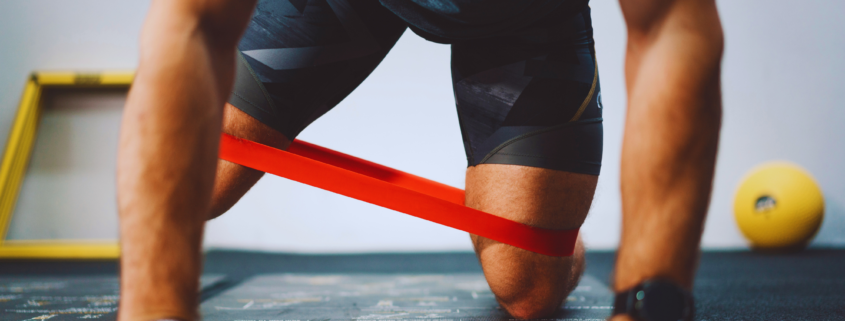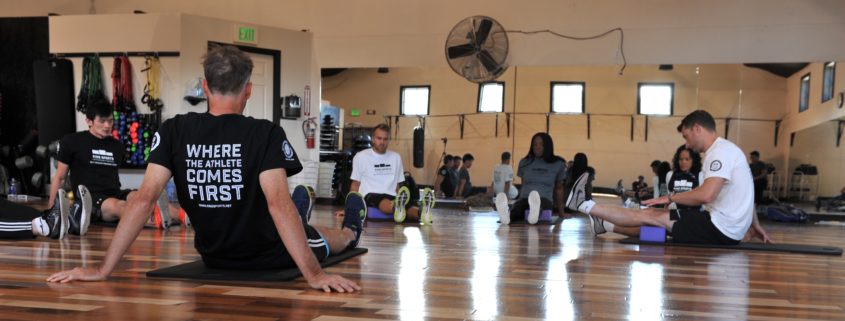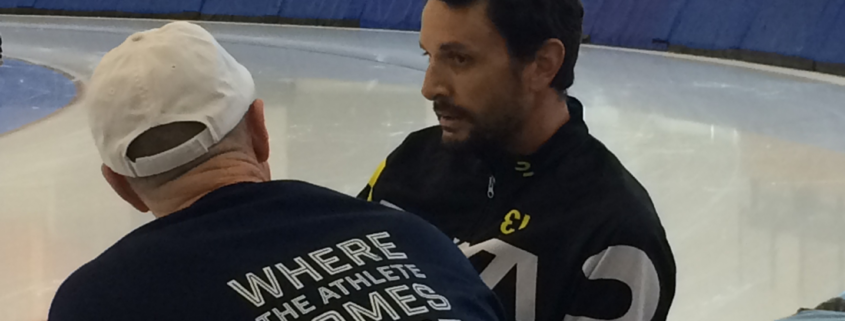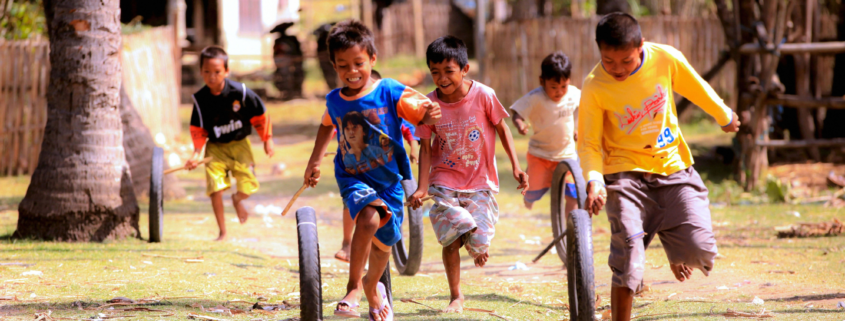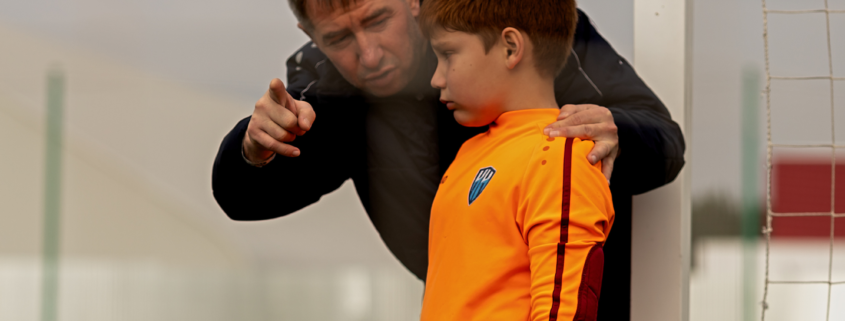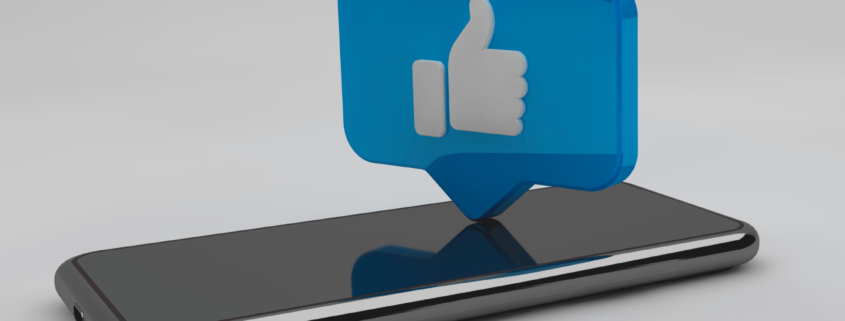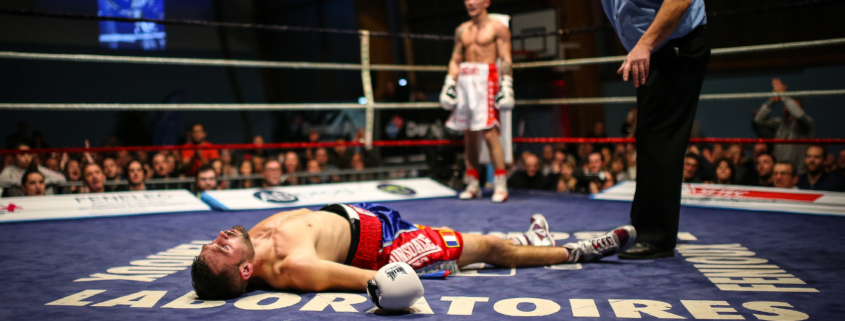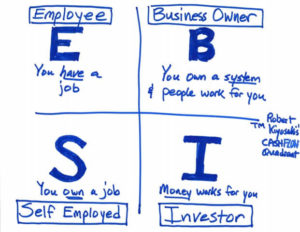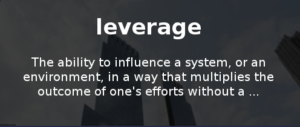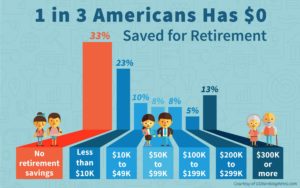A method you are already employing
After four decades of professional involvement I have concluded that what most of what the world does in their so-called ‘strength and conditioning’ programs is create dysfunction in the body. I have now chosen to call it dysfunctional training.[1] I understand it is not their intent to create dysfunction, however I firmly suggest it is the outcome.
It’s not a totally new thought. In the 1990s, after nearly 20 years in the industry, I wrote:
… I believe that most injuries are actually caused by the way athletes train… – training, during which focus is geared towards performance enhancement, may induce most injuries…. [2]
In the 2000s I wrote:
I have formed the opinion that most strength training programs do more damage than good… [3]
…from my observations, most physical preparation programs do more harm than good….[4]
In the 2010s I wrote:
How many people around the world are being led into less-than optimal training because their trainers/coaches lack the ability to discern and evaluate information? And at what cost to their health, injury status, and longevity? Only those in the sickness industry could celebrate this.[5]
Rather, it is a term coined with the benefit of extensive reflection. I have had four decades professionally to gain additional clarity and have decided this training should be labeled ‘dysfunctional training’. This term not only aptly describes the situation it also provides a counter-balance to the common use of the term ‘functional training’.
Use of the term functional training is complete misnomer. In fact I suggest that is the myth perpetuated by equipment distributors for commercial gain. What I strongly suggest is that what you are doing and what the world is doing would be more actually described as dysfunctional training
I appreciate that the overwhelming majority of my industry ‘colleagues’ are not going to like what I have to say here. That’s okay with me. Just stop reading and move on to more agreeable content. [6] My goal is to help those who are seeking a better way with no intent to offend, nor any fear of doing so.
What is the definition of dysfunction?
I define dysfunction as it relates to training as a collection of training decisions (aka a program) that result in the decrease in function of any systems of the body. Dysfunction is only really noticed when it reaches its finally stage, injury. And even then it is typically denied.
In the early stages of the development of dysfunction in any system, the positive adaptations in other systems can appear to provide a net positive training effect. However as the dysfunction grows it outstrips any positive adaptations, at which point causing some to question what is going on. However prior to this tipping point of a net negative outcome, few if any are aware of the growing dysfunction they are developing through their training decisions.
How does dysfunction occur?
Dysfunction of a system of the body occurs when a stimulus applied to the body (e.g. training) and the adaptation or response to that stimulus degrades the function of any system of the body.
To give examples as they relate to the musculoskeletal and neuromuscular system, I refer to my joint gap theory as an example of function or dysfunction:
I’m going to share with you very simply my philosophy on use injuries. I have two bones and some connective tissue.
We have increased compression of soft tissue as a result of that changed relationship between bones [joints]. We can also have a nerve impingement….[7]
This is my number one reason for stretching. Put simply, if the bones get drawn closer together than desirable, the impingement of connective tissue at the joint can cause all sorts of problems, especially nerve pinching – this can set off all types of neural activity which translates as muscle spasm through to feelings that the muscle has been torn.
You can have a reduction in muscle function due to changes in joint relationships – and you don’t necessarily even know it. This can occur before measurable discomfort occurs. And joint surface changes can also commence before you experience or acknowledge the pain. Pain inhibits function.
In addition to the performance enhancement benefits, your joint health is at risk….
It makes little difference how big and strong you get in the short term, if in the long term you are physically limited because you allowed the joint to become damaged. Joint damage will be accelerated if the joint gap or relationship (distance between two bones) changes. [8]
As it relate to the function of the musculoskeletal and neuromuscular system, any training that negatively impacts the optimal joint relationship is one way to create dysfunction. This form of dysfunction is beyond epidemic – its almost inevitable due to the way programs are designed.
What are the stages of dysfunction?
I have identified five stages of dysfunction:
- Dysfunction
- Discomfort
- Pain
- Injury
- Surgery
Characteristics of the different stages of dysfunction.
Stage 1 – Dysfunction
Assuming that the human presents in an optimal systems condition prior to the commencement of any physical training program, this period (Level 1) spans from the first stimulus that creates dysfunction through the Level 2 where some signs of discomfort are felt. This can be a lengthy process, depending on the training stimulus and other stresses on the body. What I suggest is that this phase is the phase that occurs over the longest time period, relative ot the other four phases.
This phase is the period during which anyone relying on detectable signals (e.g. pain or injury) is at a loss, as there are no obvious signals. There is a downward trend that is measurable, but only if those performing the assessment had the awareness to look for subtle changes. In other words, this is a period of naïve bliss, typically referred to as the ‘short-term’ adaptations, where the initial conclusion is that great things are occurring, because the initial interpretation or adaptation appears positive.
Stage 2 – Discomfort
The ‘discomfort’ stage is such that it can, and is typically, ignored. Alternatively it is misinterpreted. Either way, the messages being sent out by the body to the brain at a conscious level are rarely respected. Or if they are recognized, the symptoms are addressed, not the cause.
This stage is potentially the second longest time period.
If these messages were respected and a genuine solution sought, it may result in obtaining the solution their and then.
Stage 3 – Pain
This level may be enough to force some to find a solution e.g. rest, or therapy etc. However not all will respect the messages even though they have been raised to a higher level.
The higher the pain threshold, the more ‘determined’ (stubborn?), the more the person has reason to ‘hurt themselves’ – the more the pain will be ignored.
So some may stop here, some will not. This stage is typically shorter in time frames than Stage 2 – Discomfort.
Stage 4 – Injury
After a period of time where the messages from the body are ignored, the body will break. This stage is typically one of the shorter time frames.
Most will stop here, some will not. Either way few will seek and find the true cause, and address it. As such, their injury is likely to return or an injury in a related, explainable way will occur.
If a person reaches this stage they are less likely to acknowledge their contribution to the condition.
Stage 5 – Surgery
If the injury is severe it may warrant surgery or the individual may choose surgery for its expedience or due to the conviction of their advisors.
For the most part surgery requires the same amount of rehabilitation that a less invasive/more conservative approach would require.
Again, if the individual fails to recognize or accept that factors that caused the condition in the first place they are likely to reinjure the same or a related site.
Time based phases of dysfunction
I identify or recognize a sequence or progression of dysfunction that can be categorized as follows:
Short term
It is quite common that a short term positive effect is felt by the person. For example, they may experience increase in muscle strength or size.
Even if the program is dysfunctional – and there is a near 100% probability it is – the negative changes such as changes in join relationship, tissue length, tension or posture will not be apparent, and these degradations may not outweigh the perceived benefits in the short term.
To use the most simple example, a person may be seeking to simply increase muscle size in say their chest and this is occurring. Currently, and beknown to them, their humerus (upper arm) is becoming internally rotated and their chest muscles shortened.
Could you be creating an injury through your training? Even though you are getting bigger, stronger, and leaner and really enjoying it? Sure can – in fact I usually judge how long the average person has been training for by giving their bodies a quick once over visually – the more advanced the postural ‘flaws’, the longer they have been training! Sad? Yes, but fairly accurate.? [9]
Medium term
This is where the individual begins to question either their lack of progress, or clear limiting factors in their function, of the reduced functionality of their body.
They are either experience pains in the shoulder or similar, or wondering why their chest is no longer growing.
Really astute individual may change direction in their training at this stage, but this requires the willingness to be non-conforming with what the masses are doing, ruling out the majority. Most continue as they are despite internal questions as to the efficacy of their approach.
To continue on the simple example of above, this is where the internally rotated upper arm and shortened chest muscles from their dysfunctional, imbalanced program, begin to become evident.
…Imagine that – training and being worse off for it. Well how do you think the athlete would feel if he/she found out! Yeah, they’re real fit – to sit in the stands in their team uniform and watch![10]
Long term
This is the stage where their performance is declining, either through injury induced limitations or limiting factors such as reduced power output etc.
In the simple example above, the individual either faces serious shoulder pain, injury or surgery; and or their chest muscle mass has not progressed for some time. It is quite common to see massive anterior deltoid development in these cases, giving the false illusion of their chest muscle mass. This rarely fools expert observers, however, including bodybuilding competition judges.
…most strength training programs do more damage than good. However it takes many years for the average person to realize this, if ever. The short-term results cause pleasure, but the long-term results inevitably pain. [11]
……most physical preparation programs…may give short term results or confidence to the athlete, but result in significant performance restrictions and or injuries long term.[12]
Why is achieving improved function versus dysfunction so challenging for the masses?
The greatest challenge the world faces in relation to receiving a functional training adaptation is the inability to define and measure it. What is optimal function of the systems of the body? Sure, many can give lovely theoretical response. Let’s be realistic – the industry has yet to learn how to do and or teach individualization of training – what chance do we have of ‘professionals’ being able to diagnose trends in function?
…You need to determine what’s optimal length, tension, stability, and joint position/relationship for each of your “at risk” joints. . Good luck with the latter. I haven’t found too many who’ve mastered the relationship between optimal length and tension and joint health….[13]
The second challenge is the length of time that passes, and the associated change in function of the body, that occur from the point of optimal function to the first sign of discomfort. This is potentially the longest time frame of all five stages. Which means the challenge of reversing the function becomes greater for two reasons. Firstly because ‘professionals’ do not possess the competence to reverse the issues, and secondly because the time frame of reversal is beyond the attention span of most end users.
The third challenge is my perspective or reality that commercial forces, specifically equipment manufacturers, influence the majority of training decisions. The fact that it is rare to see an exercise promoted that didn’t involve the subject holding onto or connected to a training device of some kind is not a coincident. And ideally, a new device, which requires the market to go out and replace their prior purchases. As to what Kettlebells are to Dumbbells, etc. In other words between commercial influence in marketing, the desire to conform by individuals, and the lack of or unwillingness to apply the level of discernment granted the human brain, there is very little chance of the masses moving towards let along achieve true improved functions in the systems of the body as a training adaptation.
Training trends have nothing to do with improving function. The promotion of the term ‘functional training’ sounds as if it does, however I suggest that this very ‘phenomenon’ is in fact a classic example of equipment distributors manipulating the market. I suggest that if you study the rise of this so-called ‘functional movement’ trend, it coincided with the decision by a previously relatively unknown distributor of track and field equipment to shift their focus to the importation and distribution of small pieces of diverse equipment post 2000.
To facilitate this they funded years of national seminar tours under this very name, and promoted willing ‘experts’ who were taken from unknown to recognizable names in exchange for their willingness to espouse the benefits of ‘functional training’. These newly promoted ‘experts in functional training’ were supported in this exchange with the opportunity to publish books on the subject, despite only years before being violently opposed to the suggestion that multi-joint maximal load exercises (e.g. the power lifts and Olympic lifts) were not optimal options for athlete development.
In order to pre-empt the argument that the presence of the term ‘functional training’ in professional development organization’s training modules and seminars etc. is indicative of it’s validity I suggest you look at who is sponsoring the professional development organizations. Equipment manufacturers and distributors figure prominently.
What is significant about the post 2000 era that is tied to a rise in dysfunction?
Post 2000 saw the proliferation of ‘strength and conditioning’ (I really don’t like using that term however I appreciate readers can relate to it) down the ages. Prior to 2000, in Australia, there were less than a dozen or so individuals that were making the equivalent of a full-time salary.
Post 2000 witnessed a strong progressive increase in demand for these services. By 2010, most high schools in the country had strength and conditioning coach and or their own strength training facility.
The more an athlete participates in physical preparation, including the younger they start in physical preparation, the greater the incidence and severity of injury. Unfortunately these injuries are being blamed away by many involved in sport as being a function of the increased demands and impact forces in ‘modern day’ sport. This to me is little more than an excuse, an exercise in putting one’s head in the proverbial sand. Quite simply, the majority of training programs are flawed from a physical preparation perspective and are causing the increased injuries. [14]
Put simply, the same crappy programs that were bring introduced to adults pre-2000 are now being given to children.
The number of young Australians undergoing knee reconstruction surgery has risen more than 70 per cent in the last 15 years, according to the study published today in the Medical Journal of Australia, with the greatest increase among children under 14…
… Nearly 200,000 ACL reconstructions were performed in Australia between 2000 and 2015. The annual incidence increased by 43 per cent, and by 74 per cent among those under 25 years of age,..[15]
Interestingly, these statistics completely support my repeated references to the period post 2000 as being a period of increased dysfunction and injury.
The only discrepancy with this research article is that their conclusions as to the cause does not include my hypothesis – that the number cause of this sharp increase in injury incidence is more correlated with the introduction of so-called ‘strength and conditioning programs’ into the younger age groups than any other potential contributing variable.
So why do the majority allow these dysfunctions to take hold?
I suggest one of the major contributing factors to this blindness to the creation of dysfunction is that is few understand at a sufficiently appropriate level the mechanisms for optimal systems function, and dysfunction in systems performance. They fail to understand that any changes to the joint gap and or join relationship will negatively impact the nerve and blood supply distally.
In fairness the physical therapy professions have limited ability to predict and prevent injury, the final stage of dysfunction. They have zero ability to identify and prevent the early stages of dysfunction. So is it realistic to expect a physical preparation coach (read ‘strength and conditioning coach’ if you need to) to be able to do so?
However I am less interested in what is reasonable for our industry standards currently. I am more interested in what’s best for the end user. And being guided to train to degraded systems function is not what clients/athletes sign up for. But that is what they are getting.
Conclusion
Quite simply what you and everyone else is doing is creating dysfunction. The only difference or question is when will this become apparent? Will you or your client be that exception that survives? Or will your client or yourself be another statistic of unfulfilled potential and or injury?
I understand that this is difficult to accept, and it is much easier to criticize the concept and move on. You can do this, however your body does not lie. If you are creating dysfunction in yourself and or your client/s it will come out one day.
Most of the concepts I published in the 1990s are now universally accepted. Not all – yet – but most. And if this is not apparent to you, this is in part a reflection of the acceptance of low standards of publishing especially in the US where plagiarism in the ‘new frontier’ has been rampant.
Everything I teach will come to pass. Whether in my life-time or after is the only question. The only question that really matters is whether you will take advantage of the concepts I share, or whether you will put your head in the sand (figuratively speaking) and hope I am off-track.
I publish challenging and disruption concepts such as this to give you an opportunity to benefit now. I understand that most of you will choose not to. That is your prerogative. I look forward to studying the long term adaptations from which ever path you choose.
The first thing I recommend you determine is this – is anything you are doing or omitting to do in your training creating an injury? What I am saying is eliminate the self-inflicted injury potential first, as this is the one you have the most control over! [16]
References
[1] An original concept which I trust fares better than many of my earlier concepts in terms of receiving appropriate referencing.
[2] King, I., 1997, Winning & Losing, King Sports International, Ch 5, p. 25
[3] King, I., 2004, Get Buffed!™ III, King Sports International, p. 8-9
[4] King, I., 2005, The Way of the Physical Preparation Coach, King Sports International p. 66
[5] King, I., 2010, Barbells & Bullshit, King Sports International, p. 100,
[6] You won’t see the word ‘research shows’ so you have great justification already. There I have given you your excuse, so don’t waste my time with troll-like responses about the lack of science. If anyone chooses to disregard my four decades of processing more bodies elite athletes than anyone you are likely to meet that’s fine by me. However if you are an end user, you might want to keep reading because at least you won’t have a professional ego to protect, and my message could really save you a lot of grief.
[7] King, I., 2000, Injury Prevention and Rehabilitation Series, Disc 1
[8] King, I., 2002, Get Buffed!™ (book), p. 102
[9] King, I., 2003, Ask the Master, p. 87
[10] King, I., 1999, So you want to become a physical preparation coach, p. 30-31
[11] King, I., 2004, Get Buffed!™ III, King Sports International, p. 8-9
[12] King, I., 2005, The Way of the Physical Preparation Coach, King Sports International p. 66
[13] King, I., 2003, Out of Kilter III – End needless knee pain!, t-mag.com, 28 Nov 2003
[14] King, I., 2005, The way of the physical preparation coach, p. 66-67
[15] https://www.msn.com/en-au/health/medical/acl-reconstructions-up-more-than-70-per-cent-among-young-australians-study-finds/ar-AAwbKpY?li=AAgfDNO&ocid=mailsignout
[16] King, I., 2003, Ask the Master, p. 87



